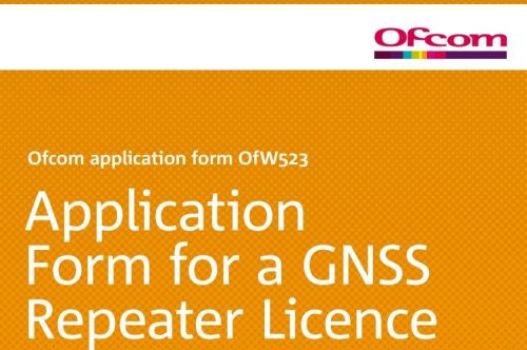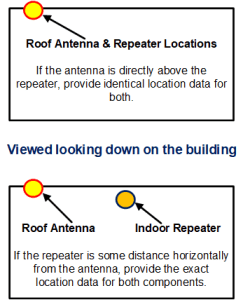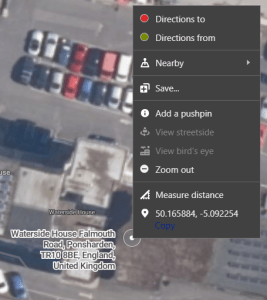How to complete Ofcom license application form for GNSS/GPS repeater

In 2012, Ofcom introduced a “light license regime”, governing the use of GNSS/GPS repeater systems in the UK. See this article from the Spring of 2013.
A licence costs £75; this is a one-time fee which means that there is no annual renewal required.
What’s the difference between GNSS and GPS?
To apply for a license from Ofcom, the UK regulator, follow these steps:
- Download the application form from the radiocommunication licenses page on the Ofcom website.
- Click on the GNSS Repeaters heading and download the form OfW523. This has to be printed and completed in BLOCK CAPITALS in black ink, unless you have means to edit Adobe PDF files.
A paper copy of the completed form can be mailed to Ofcom, or scanned into your computer as a PDF and emailed to Ofcom.
Both mailing addresses are in Section E of the application form.
Form completion
Section A: complete the fields A1 to A8 with your details, or your customer’s details if completing the form on behalf of someone else.
Section B1: Ofcom wants to know the location of the receiving antenna (the one on the roof) and any re-radiating devices (repeaters).
Sometimes, a repeater will be directly underneath its outdoor antenna, which means that the location of the two components (latitude and longitude) are identical.
However, FalTech supplies coaxial cables in varying lengths, usually in the range of 10 to 70 meters, so the repeater (reradiating) unit can be some distance horizontally from its receiving antenna.
Determining the exact location of antenna and repeater(s)
This is covered in Ofcom form OfW 524 – Guidance on the licensing of GNSS repeaters, found on the Ofcom website along with the application form.
Accurate lat/lon data can be found using online tools.
In Google maps, locate the building where the repeater will be installed, and zoom in closely to get an accurate position.
Place the mouse pointer directly on the outdoor antenna location, and right click.
The pop-up window gives latitude and longitude information in the correct format to be entered into the Ofcom application form.
Move the mouse pointer to the location of the repeater unit, assuming it’s some distance away from the antenna, and repeat the process.
You will have two accurate positions to enter into the application form.
Microsoft’s Bing Maps works in the same way by zooming in, then right-clicking, on the exact location of the antenna/repeater.
The more clear and concise information you supply with the application form, the faster and smoother the process will be.
Attach a screenshot of Google Maps, or whichever mapping service you used, showing the locations of the antenna and repeater unit(s).
Section B4: Frequency Bands To Be Used
The most commonly used repeater is the GNSS-L1G1GA that covers GPS L1, GLONASS, Galileo, BeiDou – tick box #3 1559-1610 MHz.
For systems that also include GPS L2 signals, using the GNSS-L1L2G1GA repeater – tick box #2 as well 1215-1300 MHz.
Section C: Payment
There are multiple options when paying for the license. This is a one-time fee of £75; no annual renewal is necessary.
The application form is well supported by the guidance document.
Let us know if you need any assistance.


